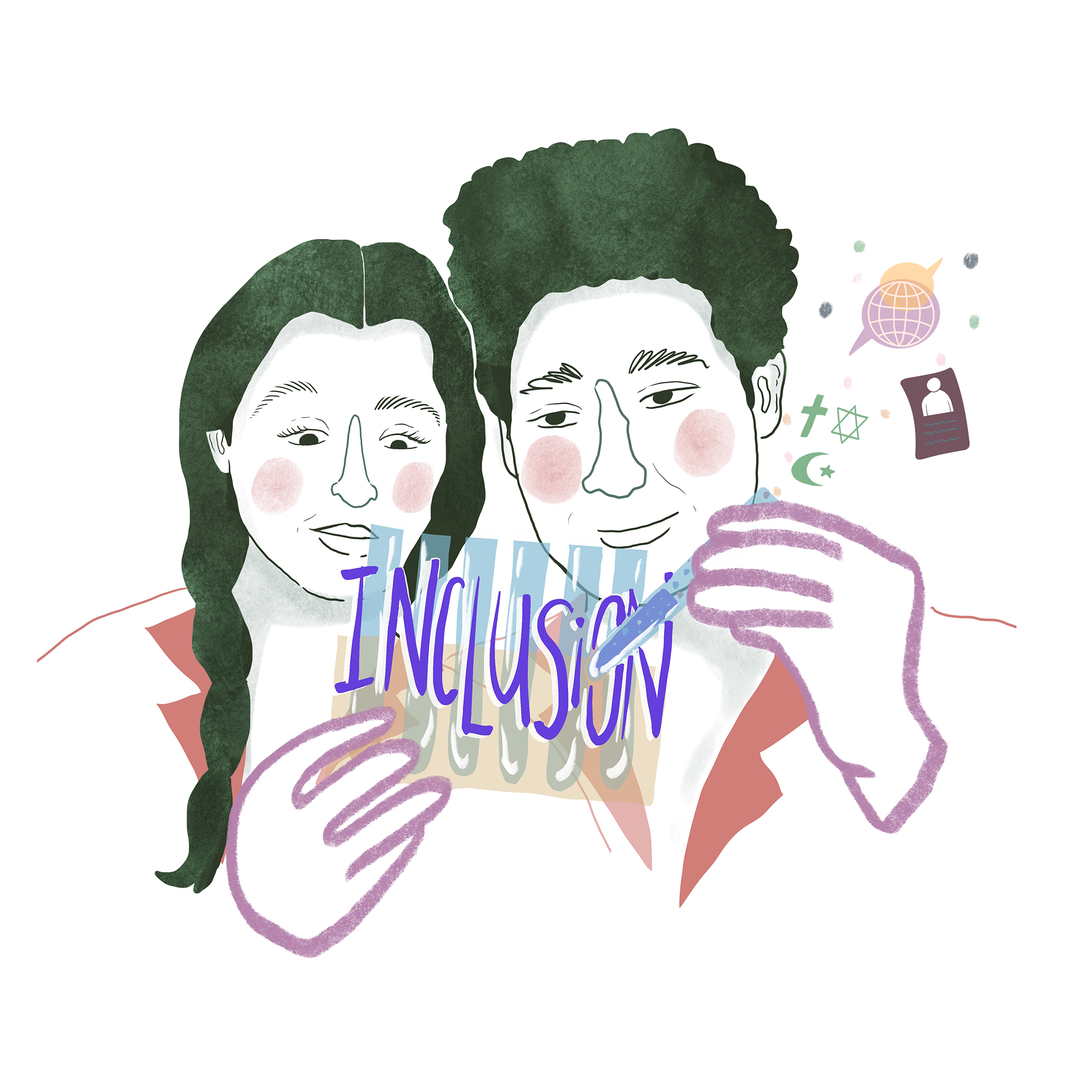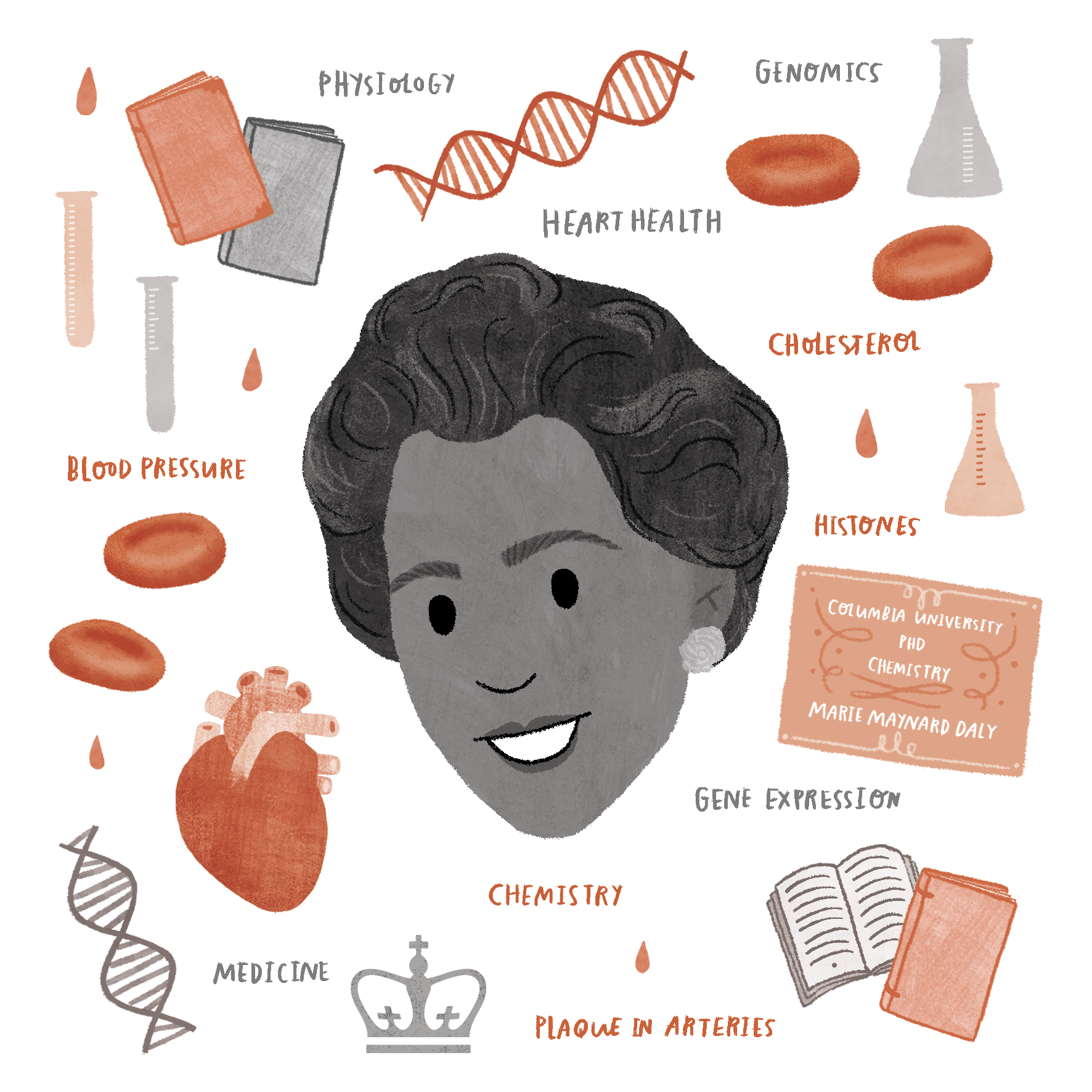It can be shocking to think that despite the increased discussions and awareness around mental health challenges, they are still some of the most stigmatized health conditions. Stigma is the negative attitudes towards people based on specific, and misunderstood, characteristics such as mental health. And unfortunately, the old narrative that mental illnesses come from a weakness in moral character and is something one can control persists today. This attitude can lead to people avoiding treatment and hiding their condition for fear of judgement and discrimination. SciComm is a great tool for breaking down the stigma of mental health through education and knowledge sharing. It can be used on different platforms, reaching different audiences and uses three different modalities that are beneficial in combatting stigma.
Bridging the language gap
One great use of SciComm is as a bridge between the technical, scientific worlds and the public. Scientists historically communicate at a level that is inaccessible to those outside of the research world. SciComm can break down the science and medical facts into words and formats that are better understood by both the general public and specific audiences. These formats include podcasts, videos, art and social media. This breakdown on different formats provides better understanding and relatability of mental health conditions to others. Research shows that increasing relatability is a way to combat stigma in mental health. By focusing on the audience, SciComm uses words that are relatable to that group. Understanding your audience and “meeting people where they are at” means recognizing problematic slang, concepts, and framing that exist. Shifting away from that language can help re-frame the perception of mental health challenges.
Focusing on patient centered language
SciComm uses scientific language and terms that focus on the patients’ experiences and has positive impacts on their lives by validating their worth. Using patient centered language changes the tone of mental health by reflecting the disorder or challenge as a part of who a person is, not a defining feature. For example, instead of referring to someone as “schizophrenic” or “psychotic,” we should use the term “a person with schizophrenia.” Ensuring that language matches the tone that the audience uses to describe their own mental health, ensures that stigma is avoided. This also shifts the attitude that someone with a mental health condition is “dirty” and “shameful” by reminding us they are humans with challenges like the rest of us ” Read more about choosing appropriate language to reduce stigma.
It has the power to re-educate
The biggest benefit of SciComm is its ability to re-educate through various platforms and accessible wording. Education through SciComm focuses on correcting inaccurate stereotypes about people living with mental health conditions and works to change them with facts and scientific information. Doctors and clinicians often create their own biases. Research has suggested there are benefits to medical students going through a communication training, providing them with tools to better communicate with mental health patients. Providing straight forward, simple information gives SciComm the power to challenge old ideas and educate the public on mental health in a way that is relatable to them can help reframe attitudes and understanding.
We know that mental health is major issue in today’s world. It’s exciting knowing that we have a tool that can further help educate and continue to shift the attitudes and beliefs of mental health for the better.
For further reading:





